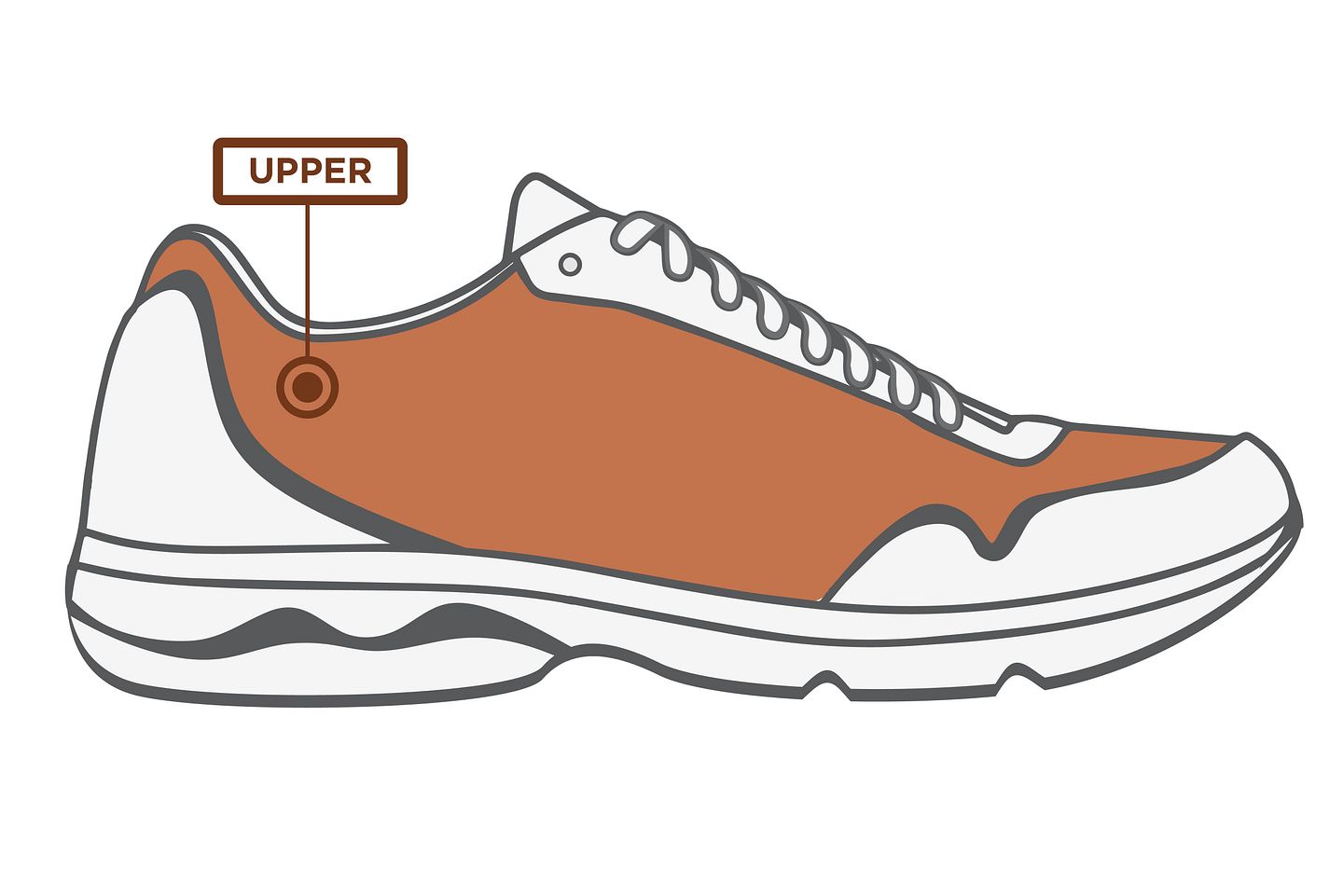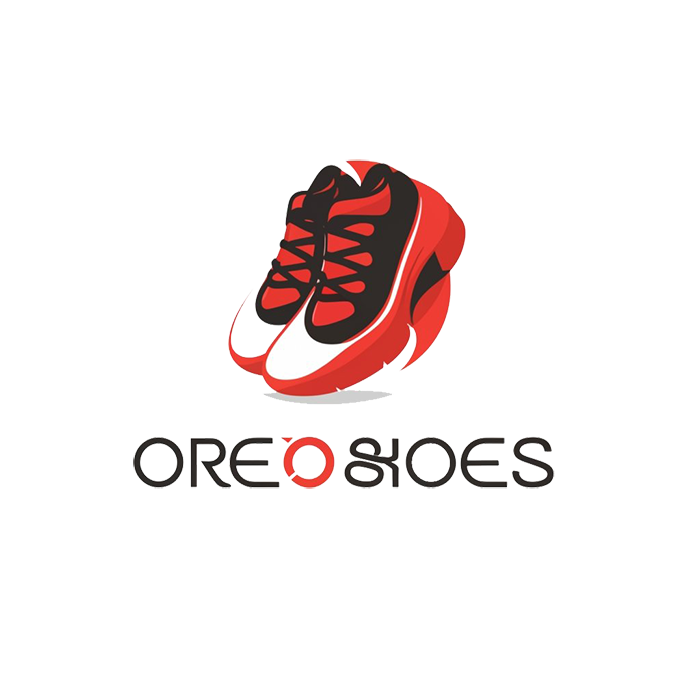Tennis and basketball are both sports that require agility, speed, and endurance on the court. However, they also have different demands on the feet and ankles of the players. Therefore, choosing the right shoes for each sport is crucial for optimal performance and injury prevention. In this article, we will compare and contrast tennis shoes and basketball shoes in terms of their design, features, and benefits.
Design
One of the main differences between tennis shoes and basketball shoes is their design. The design of a shoe affects how it fits, feels and functions on the court.
Uppers
The uppers are the part of the shoe that covers the top and sides of the foot. They are usually made of leather, synthetic materials or mesh for breathability and durability.
Tennis shoes always have a low-top design, which means they do not cover the ankle. This allows for more flexibility and range of motion for lateral movements on the court. Tennis players need to change direction quickly and frequently, so they need a shoe that does not restrict their ankle movement.
Basketball shoes, on the other hand, can have low-top, mid-top or high-top designs. Most professional players prefer high-top shoes, which cover the ankle and provide more support and stability for jumping and landing. Basketball players need to perform a variety of moves on the court, such as running, jumping, cutting and pivoting. Therefore, they need a shoe that protects their ankles from sprains and strains.

Soles
The soles are the bottom part of the shoe that contacts the ground. They are usually made of rubber or synthetic materials for traction and durability.
Tennis shoes have flatter soles than basketball shoes, which means they have less cushioning and shock absorption. This is because tennis players mainly move on a horizontal plane, so they do not need as much cushioning as basketball players who move on a vertical plane.
However, tennis shoes have different sole patterns depending on the type of court surface they are designed for. For example, smooth soles are suitable for indoor courts, as they do not leave marks on the floor. Herringbone soles are suitable for clay courts, as they provide more grip and prevent sliding. Chevron soles are suitable for grass courts, as they dig into the turf and prevent slipping.
Basketball shoes have thicker soles than tennis shoes, which means they have more cushioning and shock absorption. This is because basketball players need to jump and land frequently, so they need more protection from impact forces.
Most basketball shoes have a herringbone pattern on the sole, which provides traction for quick stops and starts on the court. Some basketball shoes also have other features on the sole, such as air units, foam pods or hexagonal shapes, to enhance cushioning and responsiveness.
Shoe Type | Uppers | Soles |
Tennis Shoes | Low-top | Flatter |
Basketball Shoes | Low-top/Mid-top/High-top | Thicker |
Features
Another difference between tennis shoes and basketball shoes is their features. The features of a shoe affect how it performs and feels on the court.
Weight
One of the key features that distinguish tennis shoes from basketball shoes is their weight. Tennis shoes are generally lighter than basketball shoes, as they need to allow for faster and easier movement on the court.
Tennis players need to move laterally and change direction quickly, so they need a shoe that does not weigh them down or slow them down. A lighter shoe also reduces fatigue and improves agility.
Basketball shoes are generally heavier than tennis shoes, as they need to provide more support and stability on the court. Basketball players need to perform various moves that require power and balance, such as jumping, blocking and running. A heavier shoe helps them maintain their centre of gravity and generate more force.
Cushioning
Another feature that differentiates tennis shoes from basketball shoes is their cushioning. Cushioning refers to the material that absorbs shock and provides comfort inside the shoe. Tennis shoes have less cushioning than basketball shoes, as they do not need as much protection from impact forces. Tennis players mainly move horizontally on the court, so they do not experience as much stress on their feet and ankles as basketball players who move vertically.
However, tennis shoes still have some cushioning in the heel and forefoot areas to provide comfort and support during movement. Some tennis shoes also have removable insoles that can be replaced with new ones according to one’s needs.
![]()
Benefits
The final difference between tennis shoes and basketball shoes is their benefits. The benefits of a shoe depend on how well it suits the needs and preferences of the player.
Durability
One of the benefits of tennis shoes is their durability. Tennis shoes are designed to withstand the wear and tear of frequent lateral movements on different court surfaces. They have rubber soles that are neither too hard nor too soft, to provide optimal grip and longevity. They also have reinforced toe caps and side panels to protect the shoe from abrasion and damage. Basketball shoes, on the other hand, are not as durable as tennis shoes. Basketball shoes are designed to be used indoors, on smooth and polished floors. They have softer rubber soles that provide better traction but wear out faster. They also have less protection on the sides and toes, as they are not exposed to as much friction and impact.
Comfort
Another benefit of basketball shoes is their comfort. Basketball shoes have more cushioning and shock absorption than tennis shoes, to protect the feet and ankles from high-impact forces. They have air units, foam pods or hexagonal shapes on the sole, to enhance comfort and responsiveness. They also have breathable uppers and padded collars, to provide ventilation and comfort. Tennis shoes, on the other hand, are not as comfortable as basketball shoes. Tennis shoes have less cushioning and shock absorption than basketball shoes, as they do not need as much protection from vertical forces. They have flatter soles that provide less comfort and responsiveness. They also have less breathable uppers and collars, as they need more durability and support.
|
Shoe Type |
Durability |
Comfort |
|
Tennis Shoes |
High |
Low |
|
Basketball Shoes |
Low |
High |
Can You Wear Basketball Shoes for Tennis?
Basketball shoes and tennis shoes have varied characteristics to satisfy the demands of each sport. Basketball shoes are made to cushion and support rapid and explosive motions, but tennis shoes are made for lateral movements and quick stops and starts.
While you can wear basketball shoes to play tennis, it is not recommended. Basketball shoes feature thicker bottoms, which might make it difficult to maneuver laterally on the tennis court. Furthermore, basketball shoes may not provide enough traction on the tennis court surface, increasing your risk of slipping and injury.
Final Verdict
Tennis shoes and basketball shoes are different in many ways. They have different designs, features and benefits that suit the specific needs and preferences of each sport. Therefore, it is not advisable to wear tennis shoes for basketball or basketball shoes for tennis, as it can affect your performance and increase your risk of injury.
If you play both sports, it is better to invest in two pairs of shoes that are designed for each sport. This way, you can enjoy the best of both worlds and improve your game on the court.



No comment yet, add your voice below!